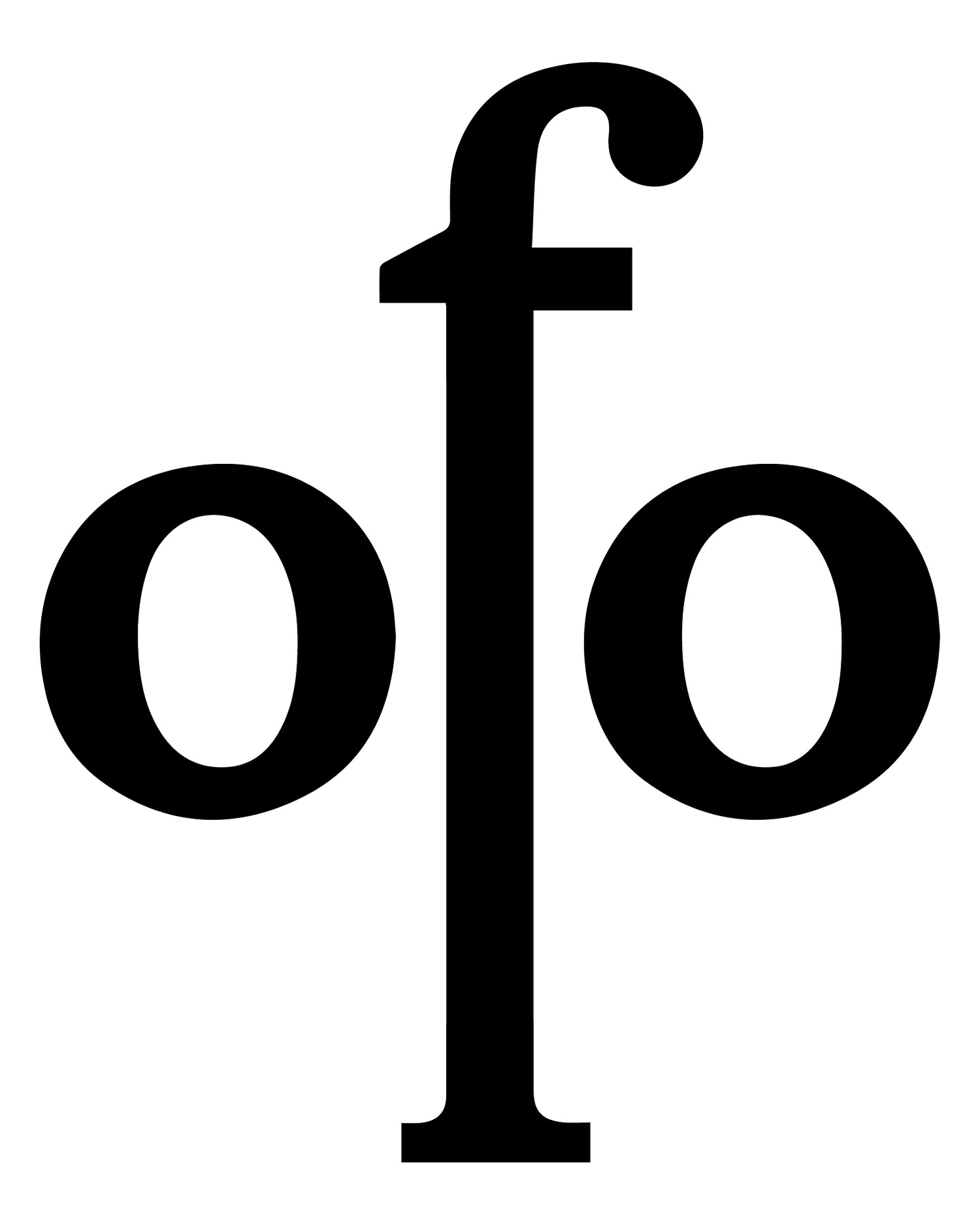How AI Staging Is Helping Aussie Agents Sell 75% Faster
Why images now win listings
Australian buyers are researching for longer and demanding richer listing information, so your visuals need to carry more weight than ever. REA Group’s 2024 Property Seeker Study shows the typical buying journey has stretched to ~44 weeks, with buyers doing extensive homework before they inspect. REA also says imagery is taking centre stage, underlining how photos and presentation shape engagement on realestate.com.au.
Faster outcomes at a fraction of the cost
Traditional styling in Australia commonly runs into the $2,000–$6,000 range depending on dwelling size, which many vendors hesitate to spend. AI-powered virtual staging replaces that logistics burden with fast, photorealistic styling for a small per-image fee. As one benchmark, BoxBrownie lists AU$30 per image for virtual staging promoting customer outcomes like selling or leasing “75% faster” and 83% of staged properties achieving or exceeding asking price. Even if you treat vendor claims cautiously, the economics are compelling for agents who need scalable presentation across multiple listings.
Stay on the right side of the law
There’s a clear line between ‘showing potential’ and misleading or deceptive advertising under the Australian Consumer Law. The ACCC explicitly warns businesses about false or misleading claims in marketing and provides guidance to real estate participants on staying compliant. An example being the LJ Hooker branch that used AI to draft a listing claiming proximity to two non-existent schools in NSW. The agency corrected the error after it was flagged, but the incident sparked industry-wide reminders to verify AI-generated content before it goes live.
Virtual staging that sells (without the risk)
Label it clearly. Mark images as “virtually staged” and avoid adding features that don’t exist in reality. If you show an empty room as furnished, disclose it in the caption and in the listing copy. This supports trust and helps meet ACL expectations around avoiding misleading impressions.
Keep it realistic. Use styles that suit the property and the local buyer profile. REA’s emphasis on richer visual experiences means great images matter—but they must remain true to the home.
Compare costs with care. For price-sensitive vendors, show the delta: a few staged images at ~AU$30 each versus a $2k–$6k physical styling package. Use virtual staging to test multiple concepts fast, then decide if limited physical staging is still needed.
Make results measurable. Track listing views, enquiry volume, and days on market before and after adopting virtual staging. If you use a vendor’s “75% faster” claim in pitch decks, attribute it clearly as a provider claim, and pair it with your agency’s own metrics for credibility.
Bottom line for agents and directors
In a market where buyers are more research-driven and listings compete on scroll-stopping visuals, AI virtual staging gives agencies faster turnaround, lower costs, and stronger digital engagement—provided you deploy it transparently and verify every claim. Use it to win instructions, shorten time on market, and elevate your brand without crossing compliance lines.
Human-centred AI, done right
Smarter doesn’t mean less human. At OFO, we design AI to work with your team, not instead of it—so you can scale great marketing while keeping trust at the core. Learn more: ofocollective.com
